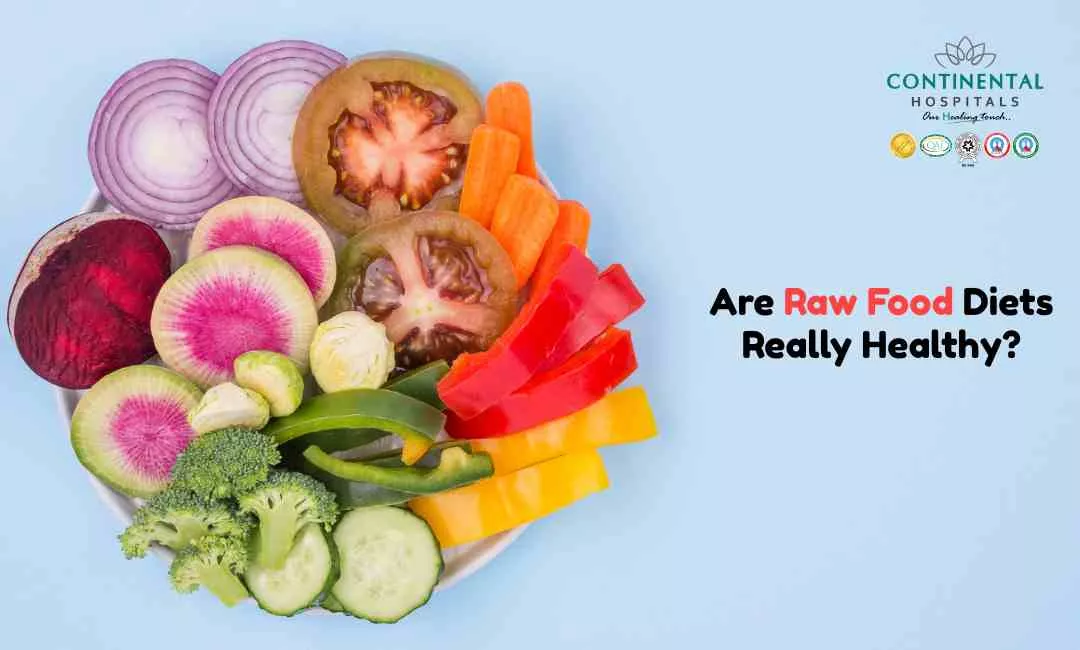Blood sugar, also known as blood glucose, is the main source of energy for your body. It comes from the food you eat, and keeping it within a healthy range is crucial for overall well-being. When blood sugar levels fluctuate dramatically, it can lead to a cascade of issues, including fatigue, irritability, sugar cravings, and even long-term health problems like diabetes.
The good news? Food can be your powerful ally in maintaining balanced blood sugar. This blog post will delve into the dietary strategies you can adopt to achieve healthy blood sugar levels, naturally.
Understanding Blood Sugar Balance
Blood sugar balance is all about maintaining steady levels of glucose in your bloodstream. After you eat, your body breaks down carbohydrates into glucose, which enters the bloodstream. The pancreas then releases insulin, a hormone that signals your cells to absorb glucose for energy.
Ideally, this process happens smoothly, with blood sugar rising gradually after a meal and then returning to normal levels within a couple of hours. However, factors like refined carbohydrates, sugary drinks, and lack of physical activity can disrupt this delicate balance.
The Glycemic Index (GI): Your Guide to Blood Sugar Impact
The glycemic index (GI) is a tool that ranks carbohydrate-containing foods based on their impact on blood sugar levels. High-GI foods cause a rapid rise in blood sugar, followed by a sharp drop. This "sugar roller coaster" can lead to cravings, fatigue, and difficulty concentrating.
In contrast, low-GI foods are digested more slowly, resulting in a gradual rise in blood sugar and sustained energy levels.
Here's a quick breakdown of the GI scale:
Low GI (55 or below): Minimal impact on blood sugar (e.g., lentils, beans, most vegetables)
Medium GI (56-69): Moderate impact on blood sugar (e.g., brown rice, whole-wheat bread)
High GI (70 or above): Significant impact on blood sugar (e.g., white bread, sugary drinks, pastries)
Consult with a General Physician to get a personalized diabetes management plan that suits your specific needs and goals.
Dietary Tips for Balanced Blood Sugar
Leafy Greens:
Leafy greens such as spinach, kale, and Swiss chard are rich in magnesium, which plays a key role in glucose metabolism. These greens also have a low glycemic index, meaning they won't cause rapid spikes in blood sugar levels. Incorporating a variety of leafy greens into your meals can help regulate blood sugar over time.
Berries:
Berries like strawberries, blueberries, and raspberries are packed with antioxidants, fiber, and vitamins. The fiber content slows down the absorption of sugar in the bloodstream, preventing sudden spikes. Enjoy berries as a snack, add them to your morning oatmeal, or blend them into a refreshing smoothie.
Whole Grains:
Opt for whole grains like quinoa, brown rice, and oats instead of refined grains like white rice and white bread. Whole grains are rich in fiber, which slows digestion and helps stabilize blood sugar levels. They also provide essential nutrients like magnesium and chromium, which support insulin function.
Legumes:
Beans, lentils, and chickpeas are excellent sources of protein, fiber, and complex carbohydrates. The combination of protein and fiber in legumes helps keep blood sugar levels steady and promotes a feeling of fullness, preventing overeating. Add legumes to soups, salads, and stews for a nutritious boost.
Nuts and Seeds:
Nuts and seeds such as almonds, walnuts, and chia seeds are packed with healthy fats, protein, and fiber. They have a minimal impact on blood sugar levels and can help improve insulin sensitivity when consumed regularly. Enjoy a handful of nuts as a snack or sprinkle seeds on top of yogurt or salads.
Cinnamon:
Cinnamon is not only a delicious spice but also has powerful blood sugar-lowering effects. It helps increase insulin sensitivity and reduce insulin resistance, allowing cells to better utilize glucose. Add cinnamon to your morning coffee, oatmeal, or baked goods for a flavorful way to support blood sugar control.
Fatty Fish:
Fatty fish like salmon, mackerel, and sardines are rich in omega-3 fatty acids, which have been shown to improve insulin sensitivity and reduce inflammation. Including fatty fish in your diet 2-3 times per week can help lower the risk of type 2 diabetes and support overall heart health.
Greek Yogurt:
Greek yogurt is a nutritious dairy option that is low in carbohydrates and high in protein. The protein content helps stabilize blood sugar levels and promotes satiety, making it an excellent choice for managing hunger between meals. Choose plain Greek yogurt without added sugars and flavor with fresh fruit or a drizzle of honey.
Apple Cider Vinegar:
Apple cider vinegar has been shown to improve insulin sensitivity and lower blood sugar levels, especially when consumed before meals. Mix a tablespoon of apple cider vinegar with water and drink it before meals, or use it as a salad dressing to reap its benefits.
Garlic:
Garlic contains compounds that may help regulate blood sugar levels by improving insulin sensitivity and reducing inflammation. Incorporate fresh garlic into your cooking or try garlic supplements to support blood sugar control.
Incorporating these foods into your diet can help you naturally balance your blood sugar levels and reduce the risk of developing diabetes and other health complications. However, it’s essential to remember that maintaining a healthy lifestyle, including regular exercise and managing stress, is also crucial for managing blood sugar effectively. By making informed food choices and adopting a holistic approach to wellness, you can take control of your blood sugar levels and improve your overall quality of life.
Consult with a General Physician to get a personalized diabetes management plan that suits your specific needs and goals.
Related Post Article
1. Managing Blood Sugar Levels: Tips and Tricks for Diabetics
2. Type 1 vs. Type 2 Diabetes: What's the Difference?
.webp)














